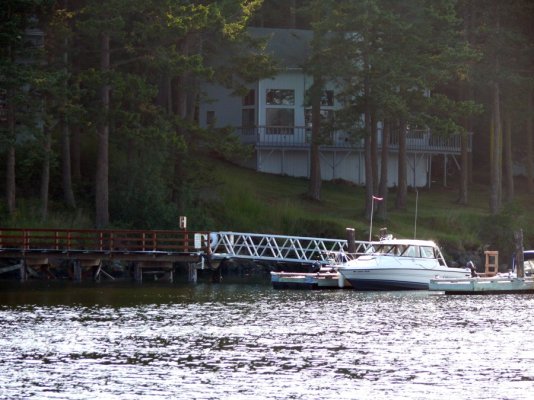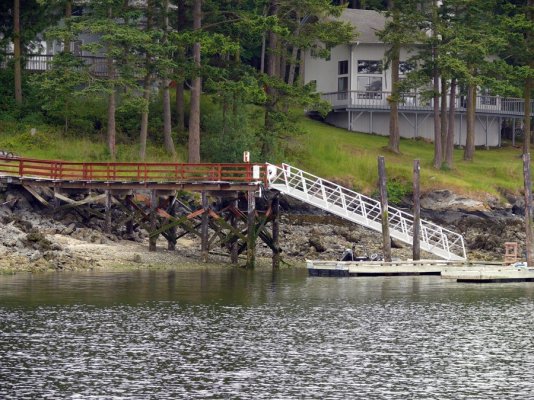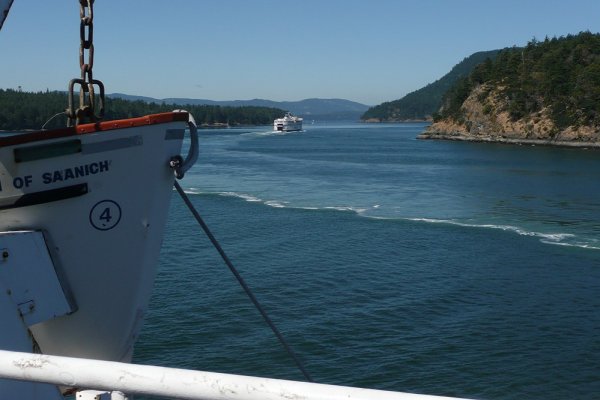timjet
Guru
- Joined
- Apr 9, 2009
- Messages
- 1,920
My Maxwell Freedom vertical windlass specifies 5/16 G4 Chain and 5/8" rope which I have purchased new along with a delta anchor. 50 ft chain and 150 ft rope. The windlass instructions say:*Use a swivel between the anchor and the chain to prevent the line from twisting as the*anchor is raised or lowered.
Not having much experience with the boat and no experience with the windlass other than it not working due to worn out chain wheels which I'm replacing, do you guys find that a swivel is necessary. I've read past posts on this subject and many of you don't recommend swivel's because you consider them a weak point in the anchoring systems. Have you found it easy to just untwist the rode as it is retrieved thereby negating the need for a swivel?
A good swivel can cost more than the anchor, which I am not willing to pay, but I would rather do without if I can than have one break.
My past anchoring experience was on my sailboat where I was the windlass and had no problem twisting. Retrieving the anchor was another story however.
Not having much experience with the boat and no experience with the windlass other than it not working due to worn out chain wheels which I'm replacing, do you guys find that a swivel is necessary. I've read past posts on this subject and many of you don't recommend swivel's because you consider them a weak point in the anchoring systems. Have you found it easy to just untwist the rode as it is retrieved thereby negating the need for a swivel?
A good swivel can cost more than the anchor, which I am not willing to pay, but I would rather do without if I can than have one break.
My past anchoring experience was on my sailboat where I was the windlass and had no problem twisting. Retrieving the anchor was another story however.



